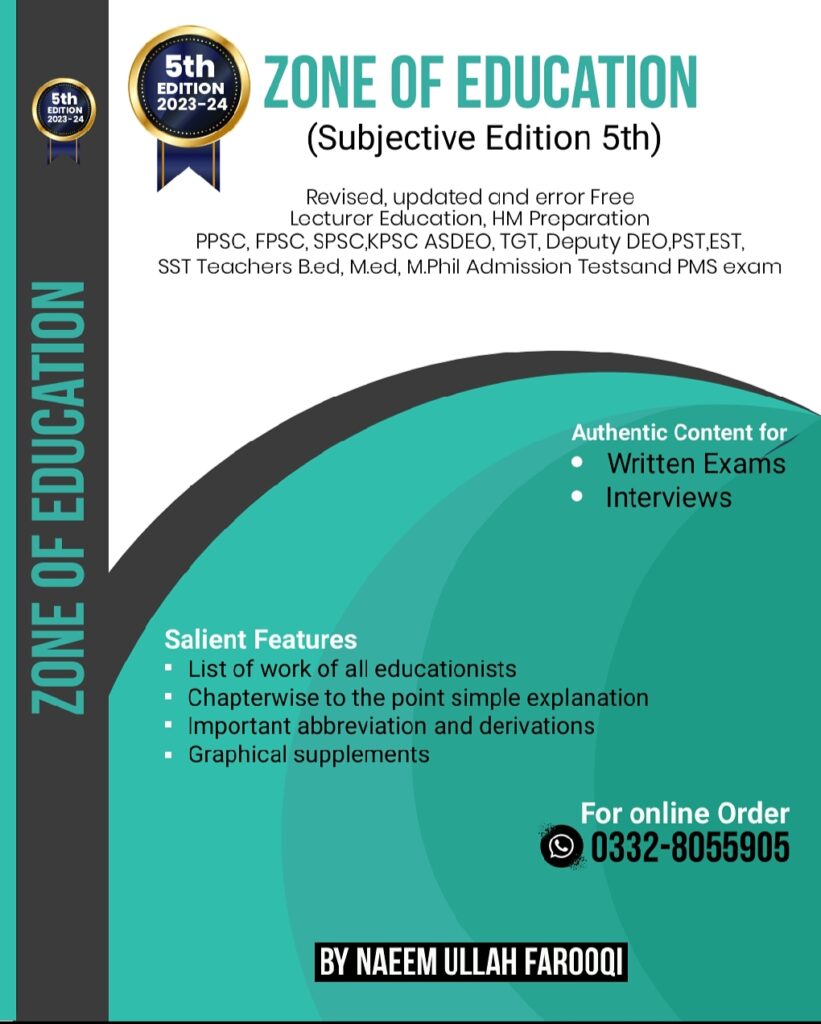Educational Research
.1. A major limitation of the projective tests is that they:
o (a) are individual tests.
o (b) are not reliable and valid.
o (c) require a highly specialized training in the administration, scoring, and interpretation of these tests.
o (d) are very costly.
o
2. Projective tests are of great value because they:
o (a) alone reveal deeper layers of personality such as repressed feelings, emotions, conflicts, etc.
o (b) are highly reliable and valid.
o (c) are indirect methods of knowing about what an individual is.
o (d) are non-verbal and can be used even in the case of illiterate persons.
o Answer: (a) alone reveal deeper layers of personality such as repressed feelings, emotions, conflicts, etc.
3. Which is the technique used for measuring interpersonal relationships within a group?
o (a) Psychogram.
o (b) Psychodynamics.
o (c) Sociogram.
o (d) Ociogram
o
4. Which is the device for a graphic and straightforward portrayal of the total configuration of relations among the members of a group at some given point in time?
o (a) Sociometry.
o (b) Psychometry.
o (c) Group dynamics.
o (d) Psychodynamics.
o Answer: (a) Sociometry.
5. What is asking each member of the group with whom one would like to or would not like to engage in some relevant activity?
o (a) A social distance measuring technique.
o (b) A personality measuring technique.
o (c) A socio-emotional climate measuring technique.
o (d) A sociometric technique.
o Answer: (d) A sociometric technique.
6. With whom is the sociometric technique closely identified?
o (a) J.F. Moreno.
o (b) Helen Jennings.
o (c) P.V. Young.
o (d) Henry A. Murray.
o Answer: (a) J.F. Moreno.
7. In which study can sociometric methods not be used?
o (a) Personality.
o (b) Leadership.
o (c) Group structure.
o (d) Social adjustments.
o Answer: (a) Personality.
8. Which of the following is not employed in sociometric studies?
o (a) Questionnaires.
o (b) Rating scales.
o (c) Interviews.
o (d) Observations.
o
9. What is “MAXMINCON”?
o (a) A design of experimental research.
o (b) A method of statistical analysis.
o (c) A combination of three key words each pointing out to a separate principle of designing experimental research.
o (d) None of these.
o Answer: (c) A combination of three key words each pointing out to a separate principle of designing experimental research.
10. What does MAXMINCON mean?
o (a) Maximizing experimental variance.
o (b) Minimizing error variance.
o (c) Control of extraneous variance.
o (d) All of these.
o Answer: (d) All of these.
11. What are the characteristics of a good measuring technique?
o (a) Objectivity.
o (b) Reliability.
o (c) Usability.
o (d) All these.
12. “In general words questionnaire refers to a device for securing answers to questions by using a form which the respondent fills in himself.” Who has defined questionnaire in these words?
o (a) Goode and Hatt.
o (b) Goode and Scates.
o (c) Barr, Davis, and Johnson.
o (d) John W. Best.
o
13. Which is the technique of investigation involving face-to-face conversation?
· (a) Questionnaire
· (b) Interview
· (c) Observation
· (d) Sociometry
· Answer: (b) Interview
14. Which techniques are most used in Educational Research?
· (a) Questionnaire
· (b) Interview
· (c) Observation
· (d) Sociometry
·
16. Which is the best technique of measuring the internal feelings of a student?
· (a) Questionnaire
· (b) Interview
· (c) Projective technique
· (d) Sociometry
·
17. Which is the best measurement of social status?
· (a) Questionnaire
· (b) Interview
· (c) Observation
· (d) Sociometry
· Answer: (d) Sociometry
18. How many types of Rating Scales are used?
· (a) Descriptive
· (b) Numerical
· (c) Graphic
· (d) All these
· Answer: (d) All these
19. Which rating scale is the most reliable?
· (a) Thurston Scale
· (b) Likert Scale
· (c) Both
· (d) Neither
·
20. Which rating scale is easy to prepare?
· (a) Thurston Scale
· (b) Likert Scale
· (c) Both
· (d) Neither
21. Which is not described by Kerlinger as a method of controlling extraneous variables?
· (a) Purposive sampling
· (b) Selection
· (c) Randomization
· (d) Matching
· Answer: (a) Purposive sampling
22. What determines whether a researcher should use .05 or .01 level of significance for testing the hypothesis?
· (a) How important are the findings
· (b) How much risk is involved in incorrect findings
· (c) How much precision is required
· (d) All of these
· Answer: (d) All of these
23. What determines the choice of statistical test to be used in the analysis of the data of quantitative research?
· (a) The power of test
· (b) Kind of sampling used
· (c) Nature of population
· (d) All of these
· Answer: (d) All of these
24. What is a research describing developmental changes in personality characteristics by studying the same group at different age levels?
· (a) Developmental study
· (b) Trend study
· (c) Longitudinal growth study
· (d) Cross-sectional growth study
· Answer: (c) Longitudinal growth study
25. What is studying different groups of children of different ages simultaneously and describing their developmental characteristics?
· (a) Longitudinal growth study
· (b) Trend study
· (c) Time series study
· (d) Cross-sectional growth study
· Answer: (d) Cross-sectional growth study
26. What do correctional studies reveal?
· (a) Whether there is a relationship between the variables or not
· (b) How much relationship is there and of what kind between the variables
· (c) Which variable is the cause and which is the effect
· (d) None of the above
· Answer: (b) How much relationship is there and of what kind between the variables
27. As a kind of descriptive research, the case study does not involve:
· (a) Establishing the problem
· (b) Diagnosing the problem
· (c) Using an experimental design and statistical analysis of the data
· (d) Deriving inferences, conclusions, and generalizations
· Answer: (c) Using an experimental design and statistical analysis of the data
28. The case study is the study of a:
· (a) Single group
· (b) Single individual
· (c) Single community or family
· (d) Single unit done intensively to bring out the processes and dynamics underlying its problems and functioning
·
29. What does Descriptive Research include according to Van Dalen?
· (a) Survey studies
· (b) Inter-relationship studies
· (c) Developmental studies
· (d) All of these
· Answer: (d) All of these
30. What is the aim of Survey Research?
· (a) Describing the current status of a phenomenon, a group, or an institution
· (b) Comparing the current status of these with some available standards and making suggestions for improving the status
· (c) Studying a small sample and drawing inferences about the larger population
· (d) All of these
· Answer: (d) All of these
JOIN ZONE OF EDUCATIONPK!
Discover the most comprehensive and reliable pedagogy resources in Pakistan, curated for competitive exam success. Our content covers all competitive exam MCQs, including PPSC, FPSC, AJKPSC, SPSC, and more. Designed to empower learners with top-notch material and insights, trust us for your preparation journey!


